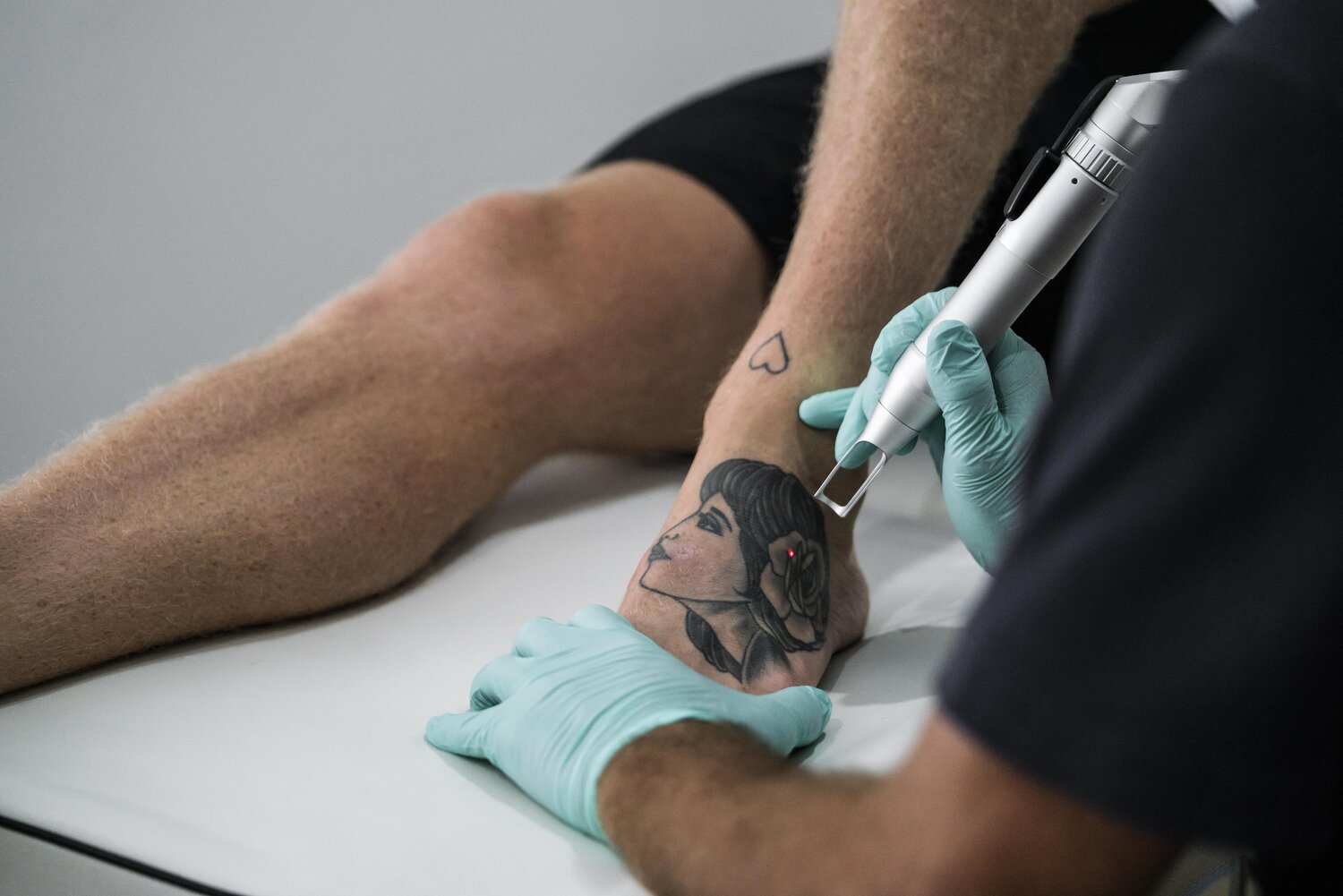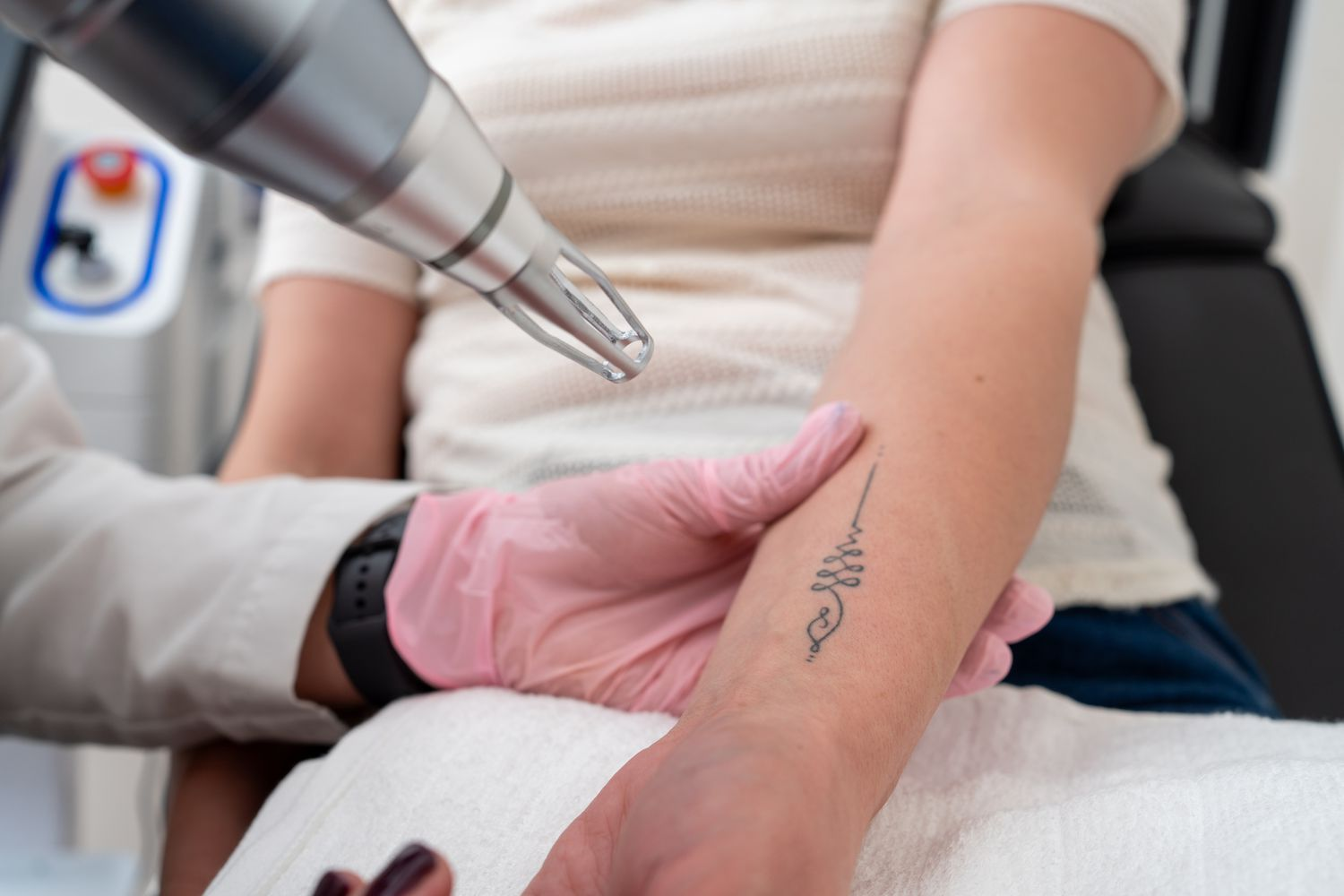Laser Tattoo Removal That Handles Any Design

Laser tattoo removal has evolved into a precise and adaptive process that can target virtually any type of design. Whether it’s a dense black tribal tattoo or a multi-colored abstract piece, modern laser systems are capable of addressing the unique characteristics of each ink pattern. The adaptability of laser light to different pigments is a key reason for its growing preference among individuals looking to clear their skin. lets delve into Laser Tattoo Removal Dubai.
Breaking Down Ink Complexities
Each tattoo is a collection of ink particles trapped beneath the top layers of the skin. These particles vary depending on color, depth, and design complexity. Lasers used in tattoo removal work by delivering targeted energy pulses that fragment these ink particles into smaller bits. The body then naturally processes and removes these bits over time. The process is intricate, yet precise, allowing for even complex and detailed tattoos to be addressed effectively.
Adapting to Various Color Spectrums
One of the challenges in tattoo removal lies in the color spectrum of the tattoo. Darker inks such as black and dark blue absorb laser energy more efficiently and respond faster to treatments. Lighter hues such as green, yellow, and turquoise require a different wavelength for effective breakdown. The latest laser technologies are equipped to handle this range, adapting their output to suit the unique needs of different ink colors.
Handling Shaded and Layered Designs
Some tattoos feature shading, layers, or gradients to enhance visual depth. These can be more intricate to remove due to the density of ink in overlapping regions. Laser tattoo removal systems now come with variable settings to accommodate such complexities. With the correct calibration, these designs can be lightened progressively without damaging the surrounding skin structure.
Addressing Fine Line and Micro Tattoos
Minimalist designs like fine line and micro tattoos might appear easier to remove due to their subtle appearance, but they present their own challenges. The ink may be placed closer to the skin's surface and might fade unevenly if not handled with precision. Advanced laser methods offer a targeted approach to ensure that even these delicate designs are faded evenly over time.
Removing Bold and Traditional Styles
Tattoos done in bold styles, including traditional outlines and thick script, often have higher ink density. The removal of such designs requires a deeper reach into the skin layers where the ink resides. Current laser systems offer energy levels and pulse durations suitable for breaking down the dense ink particles without overexposure to the skin.
Erasing Full Sleeves and Large Art Pieces
Larger tattoos, such as full sleeves or back pieces, involve extended sessions due to the sheer surface area. Modern laser approaches allow for methodical mapping of large designs to ensure even and consistent fading. The energy delivered can be adjusted across the tattoo area, ensuring uniform treatment across varying shades and designs within a single large piece.
Managing Complex Symmetry and Geometric Art
Geometric tattoos often require sharp lines, symmetry, and perfect proportions. Any uneven fading can affect the aesthetic balance of the skin. With guided laser tracking and pulse control, symmetrical and geometric designs can be reduced in a manner that respects the original structure, ensuring consistency throughout the process.
Handling Script and Calligraphy Tattoos
Script tattoos involving cursive, gothic, or stylized lettering demand attention to detail. These tattoos usually contain tight curves and closely packed lines, making it essential to use a precise laser approach. By adjusting the beam width and pulse duration, even the most detailed script designs can be approached with care.
Eliminating Abstract and Artistic Expressions
Artistic tattoos often blend patterns, brushstroke effects, and layered motifs. Laser technology is capable of discerning between varying levels of saturation and stroke density. The adaptability of modern systems ensures that these creative and layered pieces can be gradually faded without losing control over the process.

Erasing Tattoos with Color Gradients and Watercolor Effects
Some modern tattoos employ watercolor techniques, with colors blending seamlessly into one another. These tattoos require a delicate balance in energy application to avoid patchy results. Contemporary laser systems are capable of recognizing and adjusting to these patterns, leading to smoother fading across the design.
Fading Cultural and Symbolic Designs
Tattoos with cultural or symbolic significance often feature bold elements and fine details. These can include symmetrical icons, symbols, or characters that demand uniform fading. Precision in laser application ensures that these designs are treated evenly across all lines and curves, reducing the risk of irregular results.
Adapting to Cover-Up Designs and Reworked Tattoos
Many tattoos are reworked or covered up by new designs. This layering results in variable ink depths and multiple color combinations. Laser systems today can identify these variations and deliver energy at levels suited to each layer. Over time, even complex cover-up pieces can be faded effectively.
Clearing Abstract Body Art and Creative Layouts
Abstract tattoos often do not follow traditional rules of structure or form. They may involve flowing patterns, irregular shapes, or experimental elements. The customizable settings in modern laser technology allow for precise application across all sections of such creative artwork, enabling a smooth transition toward clear skin.
Removing Tattoos in Difficult Areas
The location of a tattoo plays a role in how it is treated. Areas with tighter skin or higher exposure to motion may need more careful treatment. Lasers can be adjusted to accommodate sensitivity and skin structure, allowing for effective removal even in challenging locations.
Consistent Performance on Different Skin Tones
Skin tone variation is an essential consideration in tattoo removal. Laser devices are now designed to distinguish between pigment and skin color with high accuracy. This ensures effective targeting of ink while maintaining skin integrity regardless of tone.
Progressing Through Multi-Session Treatments
Tattoo removal is rarely completed in a single session. Complex designs may require a series of treatments. Modern laser approaches allow for strategic planning, tracking the fading process over time and adjusting energy delivery to match progress, ensuring each session builds on the last for cumulative success.
Embracing the Art of Precision
The true strength of Laser Tattoo Removal in Dubai lies in its ability to adapt to any design with precision and control. Whether a tattoo is abstract, symmetrical, colorful, minimalistic, or complex, the tools used today are built to meet the demands of any artistic expression. This flexibility empowers individuals to explore their choices and make changes without limitation.
The Future of Tattoo Removal
As laser technology continues to evolve, the future promises even more refined techniques. The goal remains clear: provide a solution that respects every skin type, every design complexity, and every individual’s choice to modify or erase their body art. The innovation within this field is shaping a new era of design freedom and skin restoration.
A Pathway to Skin Clarity
Laser tattoo removal has become a sophisticated method capable of handling any design imaginable. With adaptability across ink types, depths, and design styles, it offers a reliable way to clear the canvas of the skin while maintaining its health and appearance. The focus is on delivering results that are consistent, precise, and transformative.
